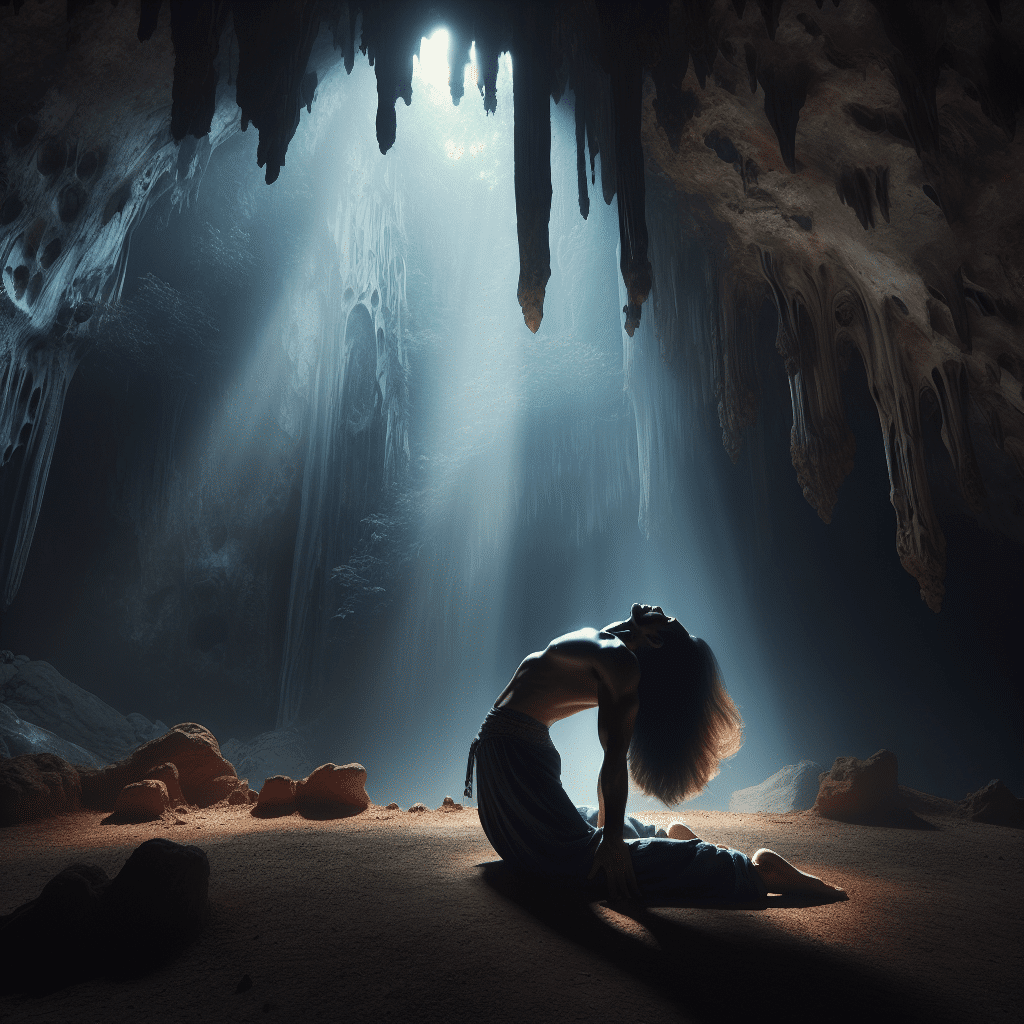http://youtu.be/ZUcLbl1K7vg
I put together a video two days ago that I thought was pretty cool. I just wanted to record about 20 minutes of video, and honestly kind of forgot about the camera. But apparently, 18 minutes of video is a lot of data so I had to compress the video down to 15. I wish I had video editing software…so I am working on a couple things to improve the quality of my videos: 1 get a GoPRO and 2 get video-editing software to speed up the videos. Hope to have both done within the month.
I am also working on some instructional videos. If you have any requests for poses, post a comment and I’ll do a video on it. Let me know what you think of my post-yoga practice and stay tuned for more…




